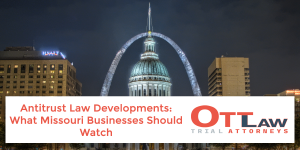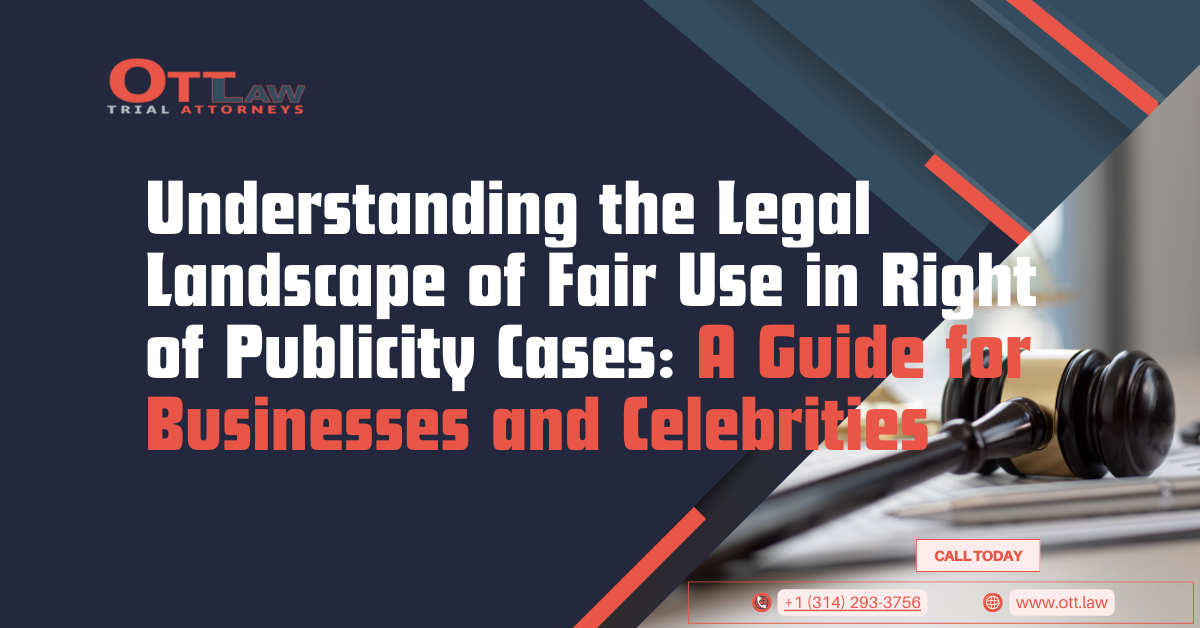The realm of intellectual property law is rife with nuances, especially when it comes to the intersection of the First Amendment and the right of publicity. How far can someone go in using another’s name, image, or likeness? What defenses are available for those accused of infringing upon someone’s right of publicity? These questions gain heightened relevance in the context of modern advertising, art, and social commentary. Today, we at Ott Law Firm delve into the key tests that are used to assess fair use in right of publicity cases: The Predominant Use Test, the Rogers Test, and the Transformative Use Test.
The Predominant Use Test: Where Purpose is Paramount
The Predominant Use Test stems from the case of Doe v. TCI Cablevision, where hockey player Tony Twist sued comic book creator Todd McFarlane for unauthorized use of his likeness. This test seeks to gauge the primary objective behind the allegedly infringing work. Is it a creation of artistic value, a critique of a public figure, or an expressive piece aimed to spark debate? If so, the First Amendment is likely to protect such use as fair.
On the other hand, if the content aims to commercially benefit from the celebrity’s fame—implying an endorsement or sponsorship—the use is often considered infringing. In simple terms, if you’re exploiting someone’s fame to attract customers or boost sales, then you’re likely infringing on their right of publicity.
The Rogers Test: Striking a Balance between Art and Endorsement
Originating from Rogers v. Grimaldi, this test is implemented to discern whether the use of a person’s name, image, or likeness is directly related to the subject matter at hand. The crux of this test is two-fold: first, it examines whether the name, image, or likeness is “wholly unrelated” to the work; second, it considers whether the use “explicitly misleads” consumers into thinking the celebrity has endorsed the product or service.
For instance, in the movie “Ginger and Fred,” the use of the celebrities Fred Astaire and Ginger Rogers was clearly pertinent to the storyline. It did not act as a commercial lure but contributed substantially to the artistic narrative.
The Transformative Use Test: When Creativity Takes the Helm
Conceptualized by the California Supreme Court in Comedy III Productions, Inc. v. Gary Saderup, Inc., this test derives from copyright law. It employs a balancing test between the First Amendment and the right of publicity based on the extent of creative elements involved7. The test uses five factors, ranging from the role of the celebrity likeness in the work to whether the work’s economic value is primarily derived from the celebrity’s fame.
For example, if the artwork featuring a celebrity adds new meaning, message, or creative elements, making it more than just a mere celebrity likeness or imitation, then it’s considered a fair use.
The Implications for Your Business or Personal Brand
Understanding these tests is crucial for both businesses and public figures. An accidental infringement can lead to legal consequences, while a well-grounded defense can save an expressive or artistic work from being stifled.
At Ott Law Firm, we are dedicated to helping you navigate the complex world of intellectual property and right of publicity. If you find yourself tangled in such legal nuances, feel free to contact us at +1(314)293-3756 or email joe@ott.law. Our office is conveniently located at 3544 Oxford Ave, Maplewood, MO 63143, United States.
references
- Doe v. TCI Cablevision, 110 S.W.3d 363 (Mo. 2003) (en banc)
- Doe, 110 S.W.3d 363 (en banc)
- Rogers v. Grimaldi, 875 F.2d 994, 1003–04 (2d Cir. 1989)
- Rogers, 875 F.2d at 996
- Id. at 996–97
- Id. at 393
- Comedy III Prods., Inc. v. Gary Saderup, Inc., 25 Cal. 4th 387 (Cal. 2001)
- Id. at 407














